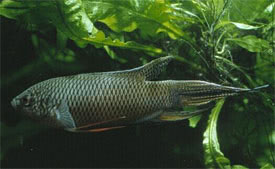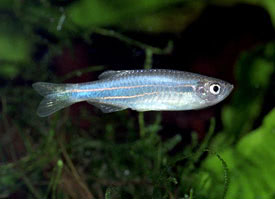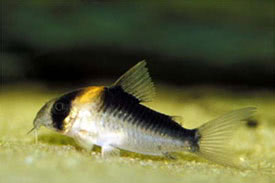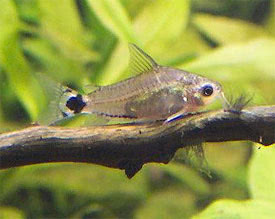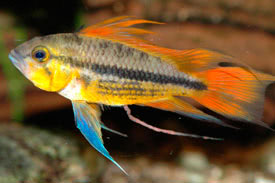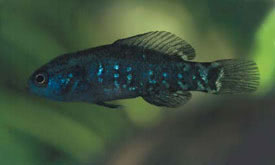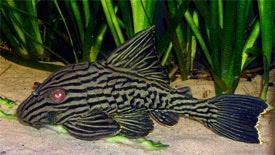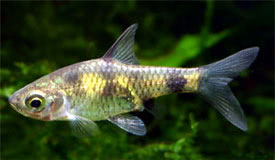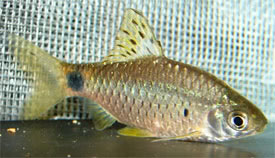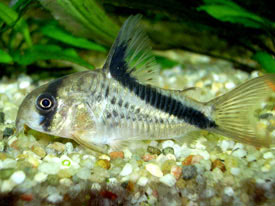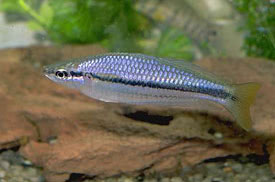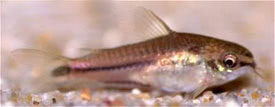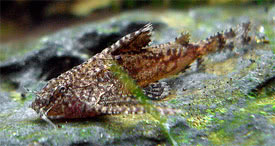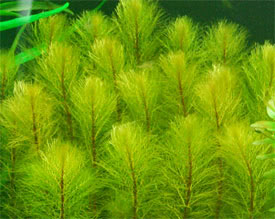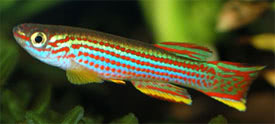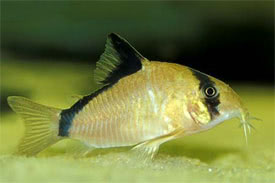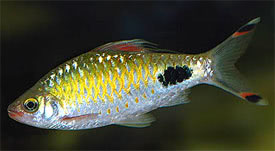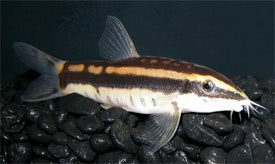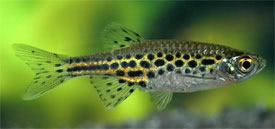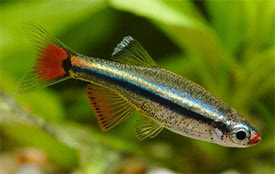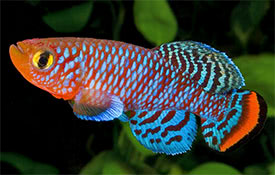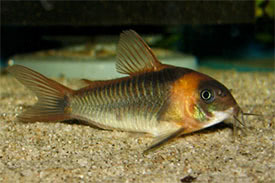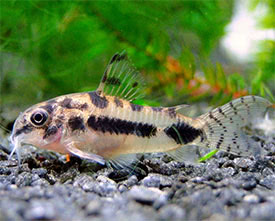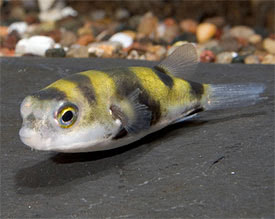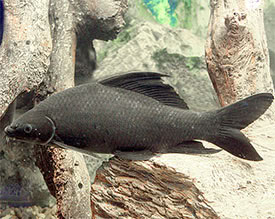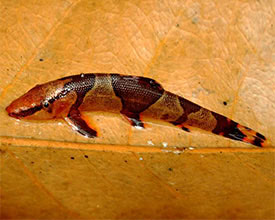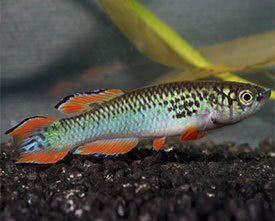
 Magyarul / Hungarian
Magyarul / Hungarian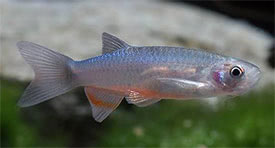

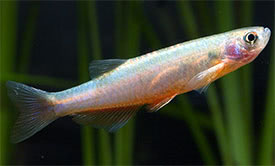
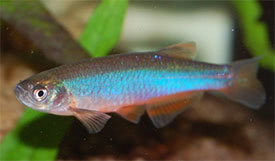
- Scientific name: Brachydanio rosea
- Synonyms: Danio roseus
- Common name: Rosy Danio
- Group: Cyprinids
- Habitat: Asia; northern Thailand, northern Laos, and Myanmar (Burma)
- Size: 5-5.5 cm
- Biotope: Found in small, well-oxygenated streams under forest cover, and also found in backwaters of larger rivers.
- Social behavior: A peaceful and active shoaling fish, ideal for community tanks. In larger groups they become bolder, and males will also display their best colors as they compete with each other.
- Diet: Omnivorous; in nature they eat small invertebrates and their larvae. In the aquarium they accept everything: live, frozen and flake foods too.
- Breeding: Quite easy
- Tank: Minimum 50 litres
- Population: 8-10 fish for 80 litres
- Decoration: They deserve a heavily-planted tank with roots and branches. Use dark gravel substrate that highlight the fishes’ colors, with some larger smooth rocks. The tank must be covered, as they are excellent jumpers. Water movement shouldn’t be too strong.
- Temperature: 18-25 °C
- pH: 6-7.5
- Hardness: 2-15 NK°
- Lifespan: 3-4 years
Description: Brachydanio rosea is relatively new to the aquarium trade, but it becomes very popular because of its beautiful colors, and ease of care. It is very similar to Brachydanio albolineata, but it has slimmer body, shorter barbels and lack of orange stripes on the posterior half of the body. Breeders in eastern Europe have successfully crossed Brachydanio albolineata and Brachydanio rosea, and many of the fishes currently seen in the hobby are thought to be hybrids. If you want to avoid these hybrids, beware of fish with a very cheap price tag that show a high proportion of both powdery-blue colouration on the body and red in the unpaired fins. Young specimens are steely blue in color, while fully mature adults has a rosy colouration along the lower part of the body, giving rise to their name. It is also commonly known as the purple passion danio.
Mature females are a little larger and plumper. It is more obvious during spawning, when the female fills with eggs. Like many small cyprinids, Rosy Danio is an egg-scatterer spawner, with no parental care. Well-fed fish will usually spawn, and it is possible that a small numbers of fry will survive in a densely-planted community tank, however if the goal is to rise as many fry as possible, you will need a separated breeding tank. They can be bred in a small (10-30 litres), dimly lighted tank, that half-filled with very soft, and slightly acidic water. The base of the breeding tank should be covered with Java moss, or with some kind of mesh that can protect the eggs from the adult fish. Spawning can be initiated by adding small amounts of cool water every few hours until the aquarium is full. The fish will usually spawn in the morning, and the female will scatter the eggs among the plants. At this point the adult fish should be removed as they will eat the eggs or the fry. The Incubation of the eggs is temperature-dependant, but usually takes between 24 and 36 hours, and the fry become free swimming a few days later. Initial food should be very small live foods, or liquid fry food, later when the fry get larger they can be fed with Artemia nauplii, microworm, vinegar eel, or similar live foods.





